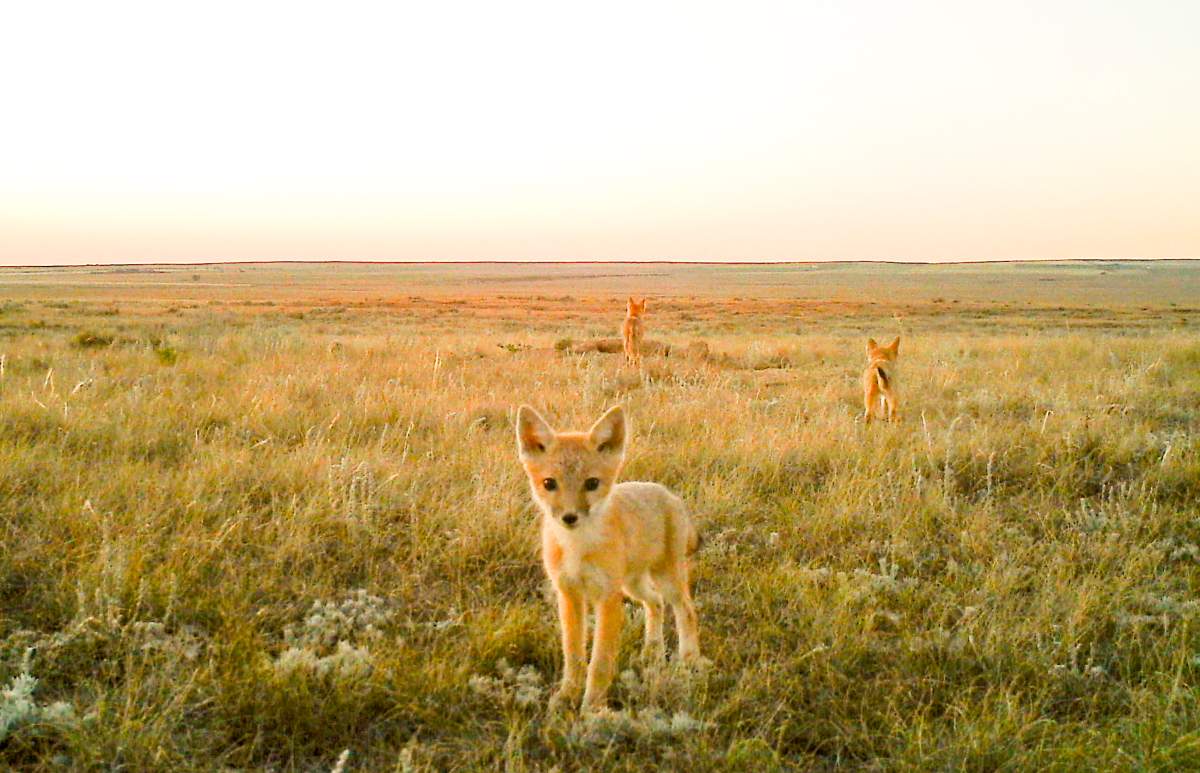There is now hope for a species once considered extinct after conservationists found a den of swift foxes in southeastern Alberta.

Smaller than house cats and able to run 60 kilometres per hour, the foxes were once abundant in Alberta, Saskatchewan and Manitoba.
But in the 1930s, they were declared extinct in Canada because the growth of large-scale agriculture led to the erosion of their habitat.
Then in the 1970s, captive breeding programs began with foxes brought in from the United States.
The Nature Conservancy of Canada bought land just south of Medicine Hat in 2010, knowing it could be a good fox home, and replaced the fencing to make it wildlife-friendly.
Now, there are about 100 swift foxes living in Alberta’s wild; most are offspring of the released animals.
“There’s a small but relatively stable population that seems to be thriving,” said Carys Richards, with the Nature Conservancy of Canada.

Get breaking National news
But it’s hard to assess these animals, she added.
“Swift foxes are North America’s smallest canine and they are the wild dog that spends the most time in its den,” Richards said. “They’re also nocturnal predators so sometimes it can be really hard to see them.
“So, not only are they extremely rare, but the chances of actually spotting them can be quite difficult. But by conserving grasslands, that’s how we’re going to provide habitats to species like the swift fox.”
It’s now more important than ever to think about how we’re conserving natural land — especially with all the agricultural use, Canada’s grasslands are the “world’s most endangered ecosystem.”
“This makes the protection of Canada’s grasslands so important for the survival of species like the swift fox that depend on these habitats for their survival,” Richards explained.
The Nature Conservancy of Canada is not disclosing the exact location of their property so that people don’t disturb the swift foxes.
“We want to allow these animals — there are some puppies the foxes have — to grow up unimpeded by human disturbances and just really thrive on the landscape,” she said.
For more information on conservation efforts, visit natureconservancy.ca.












Comments